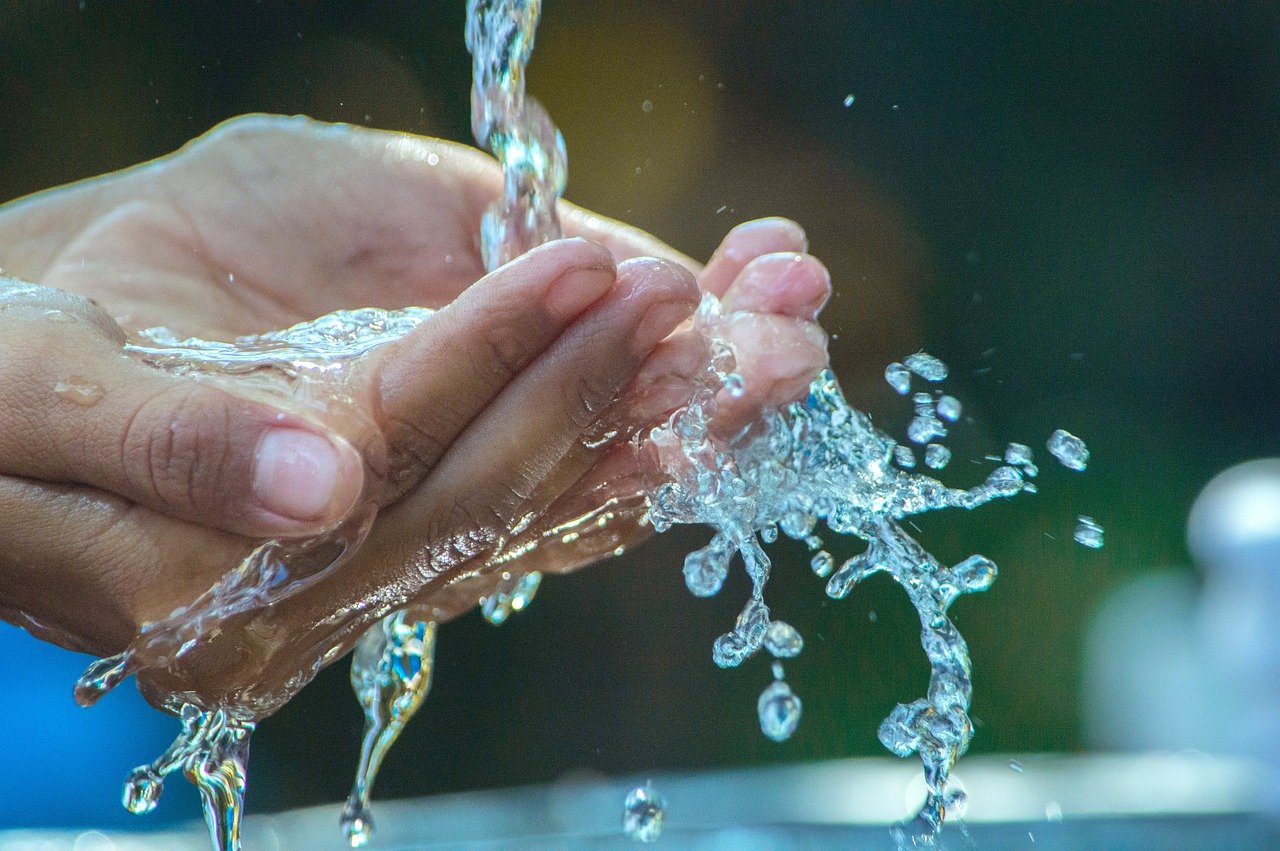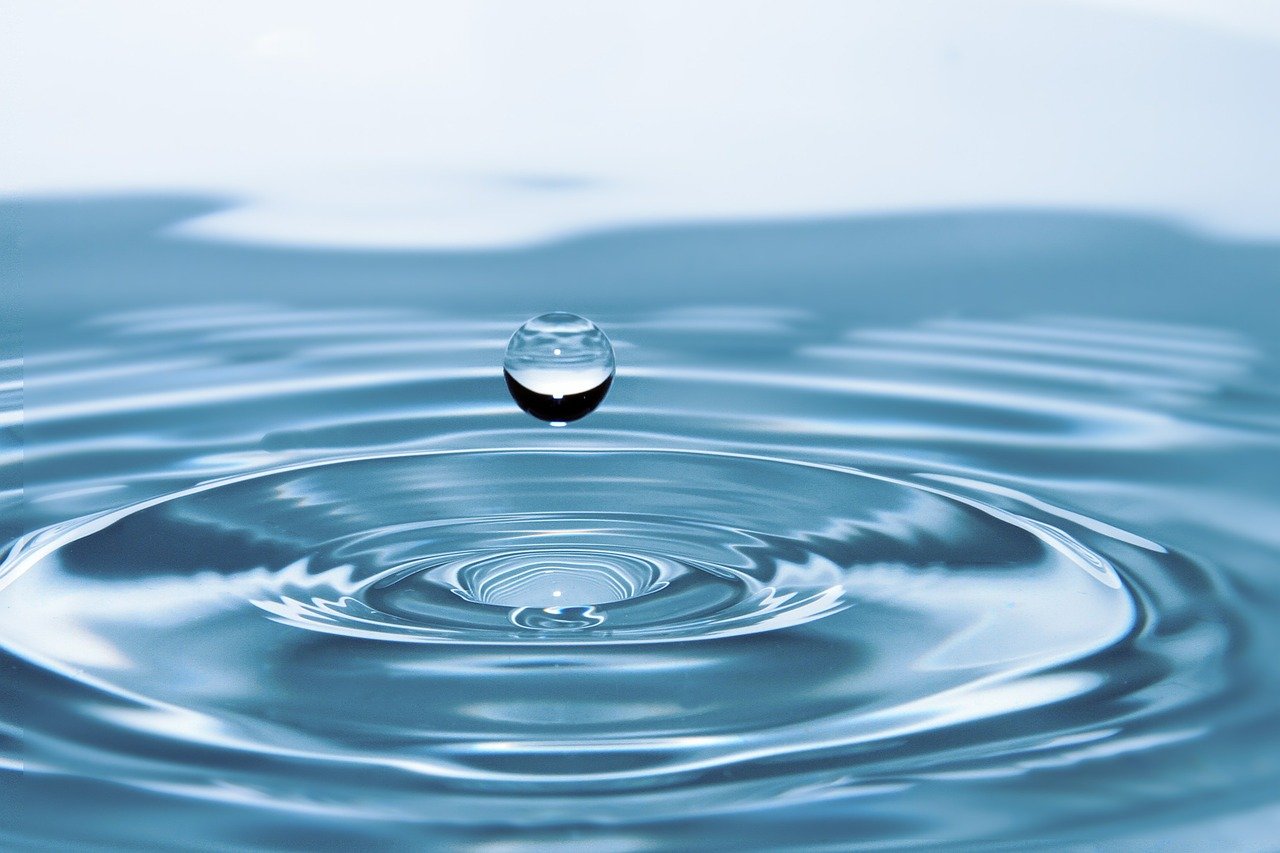
The Overuse of Chemicals in Water Treatment Facilities
The overuse of chemicals in water treatment may have negative impacts on public health and the environment.

Stagnant Water: The Hidden Dangers of Opportunistic Premise Plumbing Pathogens (OPPPs)
Opportunistic Premise Plumbing Pathogens (OPPPs) are microorganisms that thrive in building plumbing systems. Stagnant water can provide an ideal environment for the growth and proliferation of these pathogens, leading to potential health hazards for building occupants.

Understanding Biofilms and Their Impact on Water Quality
Biofilms are complex microbial communities that form on pipes, tanks, and filtration systems, posing a significant challenge to water treatment and distribution systems. Understanding biofilms and their impact on water quality is crucial for maintaining clean and safe water supplies.

Monitoring Microbiologically Influenced Corrosion (MIC) with Intact Cell Count (ICC)
Microbiologically Influenced Corrosion (MIC) is a destructive issue in various industries, resulting in safety hazards, environmental concerns, and financial losses. The Intact Cell Count (ICC) method provides insights into the presence and activity of corrosive microorganisms, allowing for early detection of MIC.

Hot Spots and Cool Hazards: Legionella in Building Water Systems
Legionella poses a significant risk to public health, particularly in building water systems. By implementing real-time pathogen detection, we can mitigate the risks of Legionella and ensure safer environments for all.





